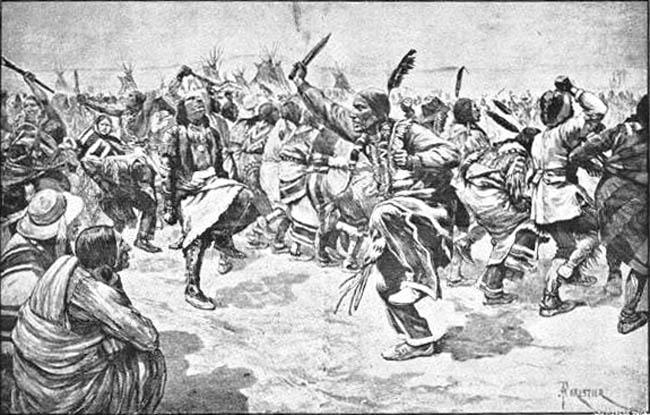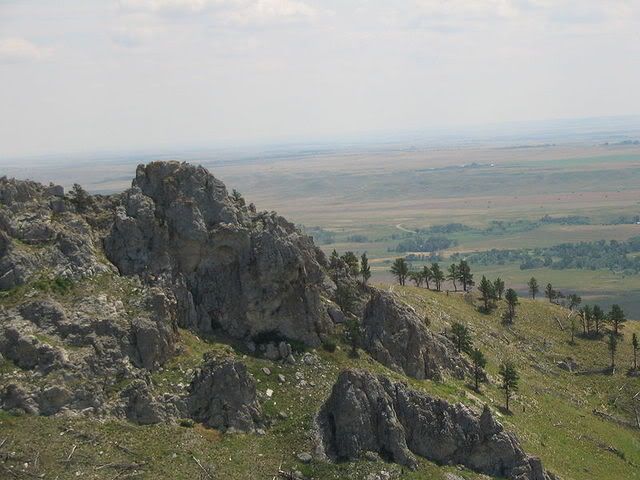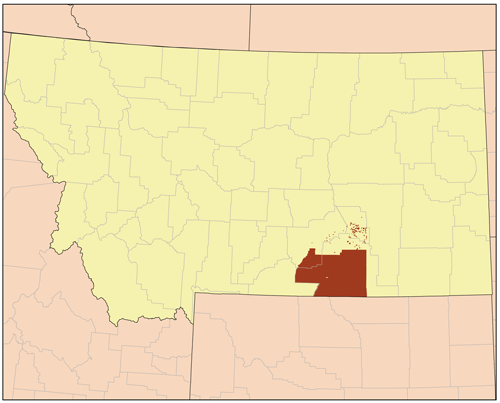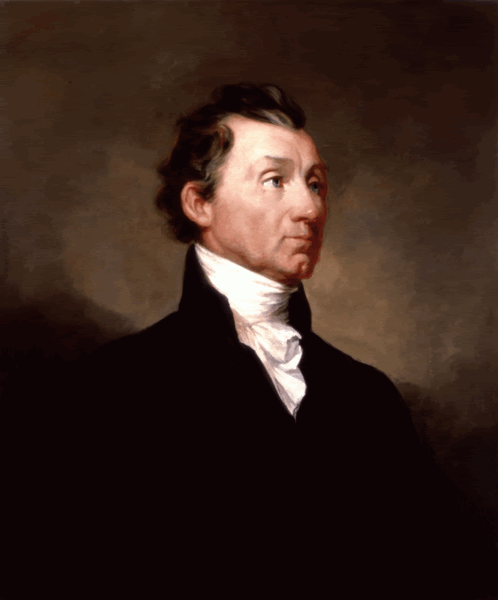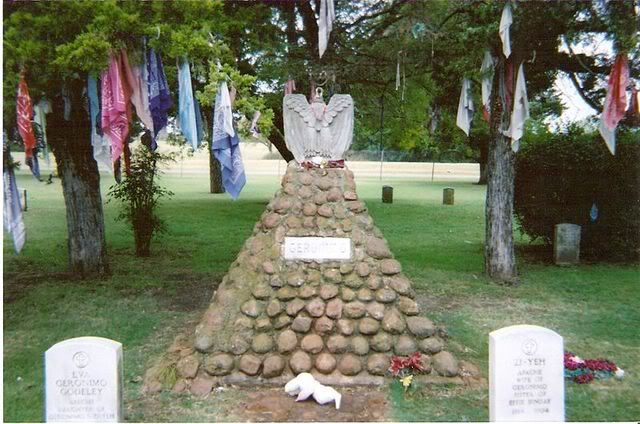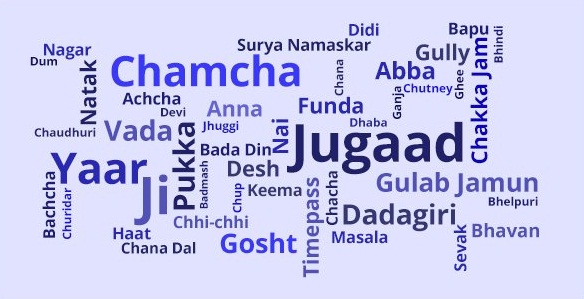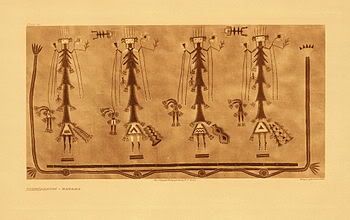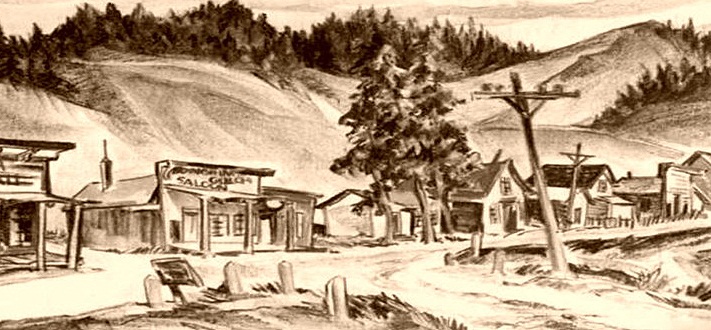Federal Indian Policies in 1890
Throughout the first century of its existence, the United States had carried out policies intended to decimate the First Nations that had occupied the lands for thousands of years. Having accomplished its manifest destiny of occupying the continent from the Atlantic to the Pacific, by 1890 American Indian policy was focused on: (1) assimilating American … Continued

